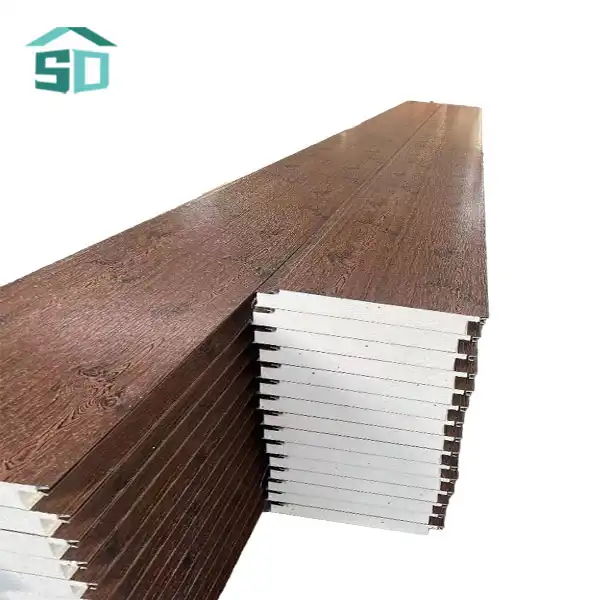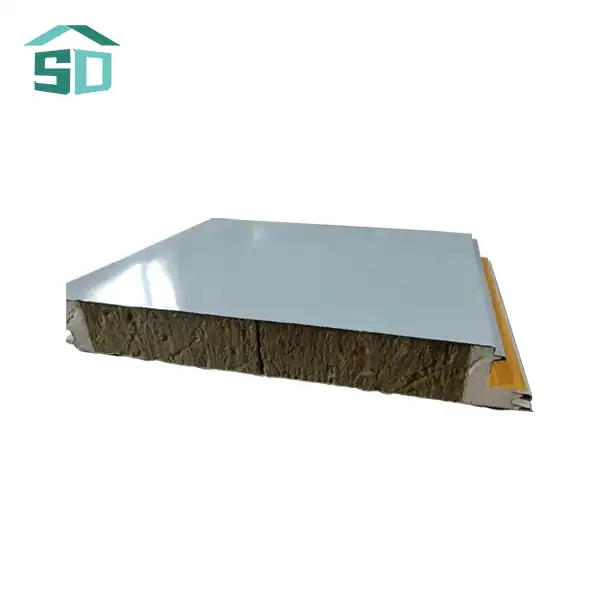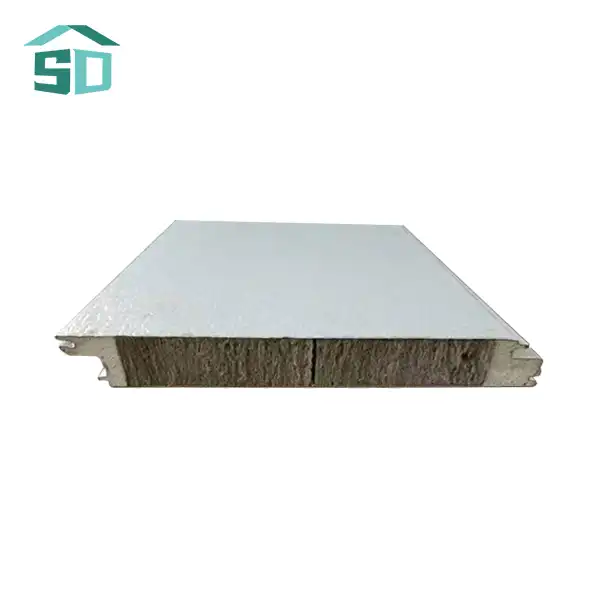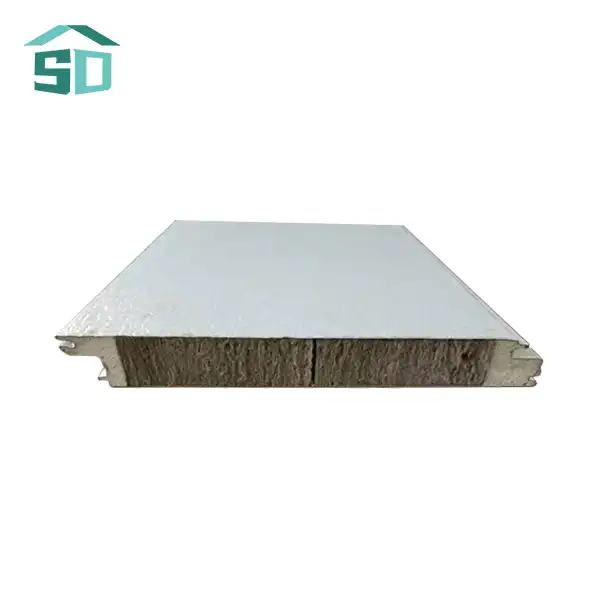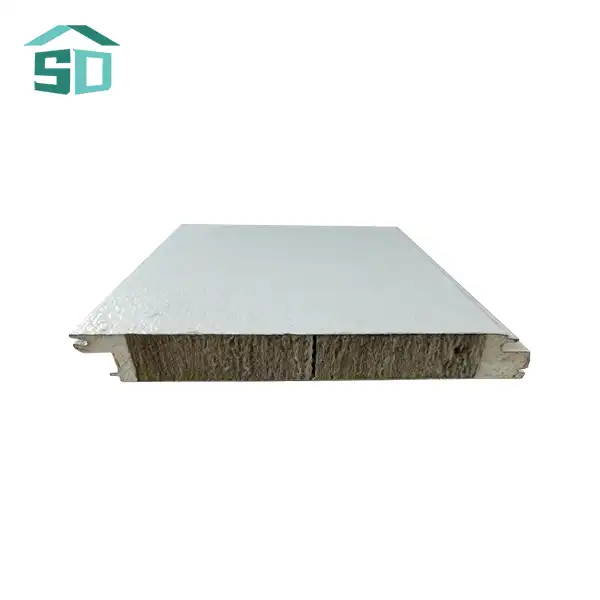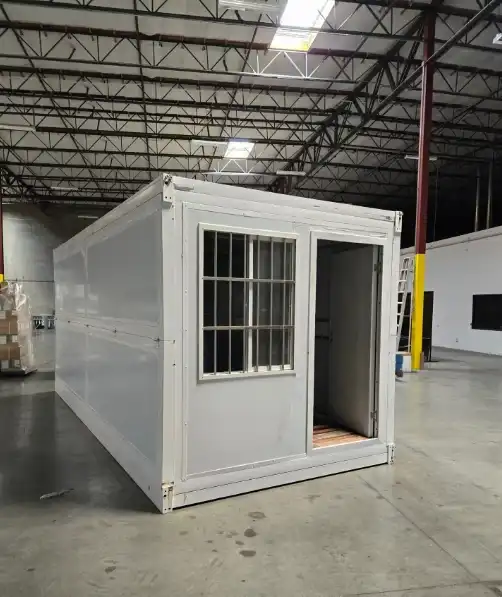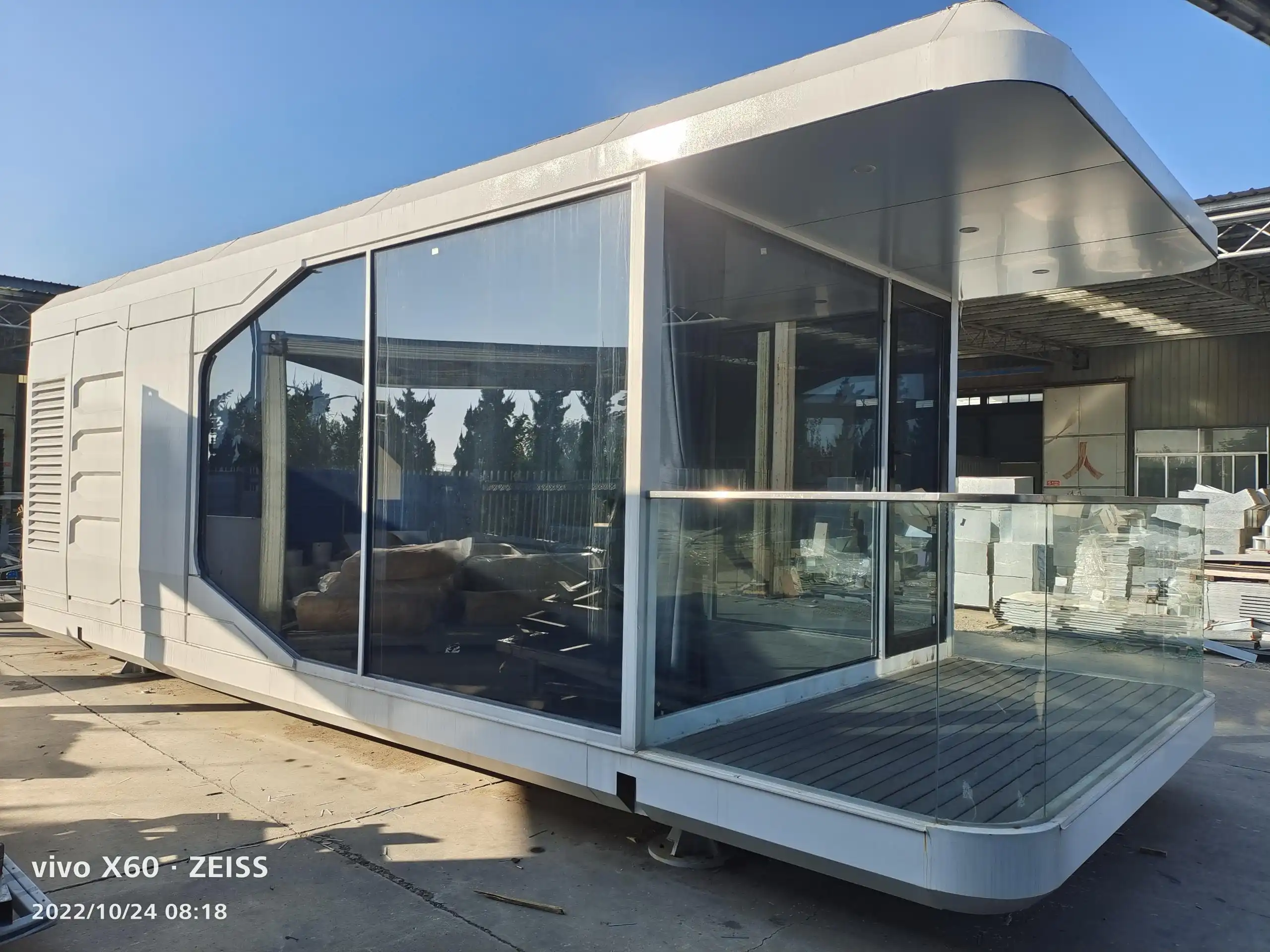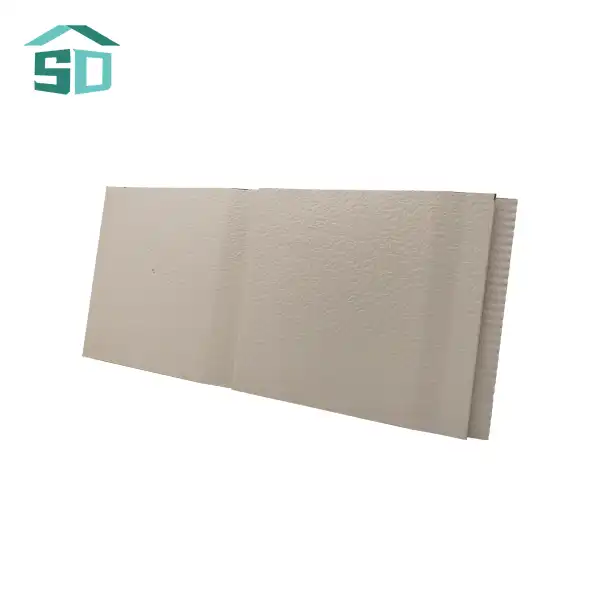- English
- French
- German
- Portuguese
- Spanish
- Russian
- Japanese
- Korean
- Arabic
- Greek
- German
- Turkish
- Italian
- Danish
- Romanian
- Indonesian
- Czech
- Afrikaans
- Swedish
- Polish
- Basque
- Catalan
- Esperanto
- Hindi
- Lao
- Albanian
- Amharic
- Armenian
- Azerbaijani
- Belarusian
- Bengali
- Bosnian
- Bulgarian
- Cebuano
- Chichewa
- Corsican
- Croatian
- Dutch
- Estonian
- Filipino
- Finnish
- Frisian
- Galician
- Georgian
- Gujarati
- Haitian
- Hausa
- Hawaiian
- Hebrew
- Hmong
- Hungarian
- Icelandic
- Igbo
- Javanese
- Kannada
- Kazakh
- Khmer
- Kurdish
- Kyrgyz
- Latin
- Latvian
- Lithuanian
- Luxembou..
- Macedonian
- Malagasy
- Malay
- Malayalam
- Maltese
- Maori
- Marathi
- Mongolian
- Burmese
- Nepali
- Norwegian
- Pashto
- Persian
- Punjabi
- Serbian
- Sesotho
- Sinhala
- Slovak
- Slovenian
- Somali
- Samoan
- Scots Gaelic
- Shona
- Sindhi
- Sundanese
- Swahili
- Tajik
- Tamil
- Telugu
- Thai
- Ukrainian
- Urdu
- Uzbek
- Vietnamese
- Welsh
- Xhosa
- Yiddish
- Yoruba
- Zulu
Benefits of Steel PU Sandwich Panels Explained
Steel PU sandwich panels have revolutionized the construction industry, offering a myriad of benefits that make them an indispensable choice for modern building projects. These innovative panels combine the strength of steel with the insulating properties of polyurethane foam, creating a versatile and high-performance building material. From superior thermal insulation to enhanced durability and cost-effectiveness, steel PU sandwich panels provide architects, contractors, and property owners with a solution that meets the demands of today's construction challenges. In this comprehensive guide, we'll delve into the numerous advantages of steel PU sandwich panels and explore why they've become a go-to option for a wide range of applications in the building sector.
Unparalleled Insulation and Energy Efficiency
Thermal Performance That Surpasses Traditional Materials
One of the standout features of steel PU sandwich panels is their exceptional thermal insulation capabilities. The polyurethane core sandwiched between the steel facings acts as a formidable barrier against heat transfer. This high-density foam insulation significantly reduces the flow of heat from the exterior to the interior of a building, and vice versa. As a result, structures built with these panels maintain a comfortable indoor temperature with minimal reliance on heating and cooling systems.
The superior insulation properties of steel PU sandwich panels translate directly into tangible energy savings. By reducing the workload on HVAC systems, buildings can achieve substantial reductions in energy consumption. This not only leads to lower utility bills but also contributes to a smaller carbon footprint, aligning with global efforts to promote sustainable construction practices.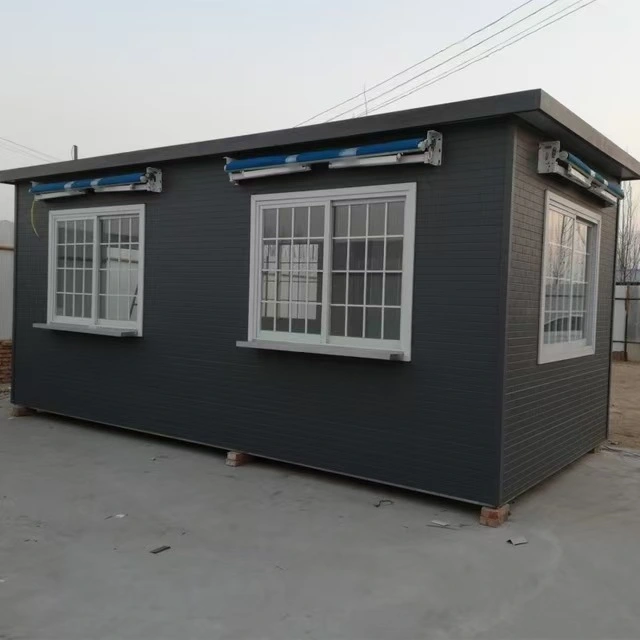
Sound Insulation for Improved Acoustic Comfort
Beyond thermal insulation, steel PU sandwich panels also offer impressive sound insulation properties. The dense polyurethane core effectively absorbs and dampens sound waves, minimizing noise transmission between interior spaces and from the outside environment. This acoustic performance is particularly valuable in commercial and industrial settings where noise reduction is crucial for productivity and comfort.
The combination of thermal and acoustic insulation makes steel PU sandwich panels an ideal choice for a wide range of applications, from residential buildings to manufacturing facilities. By creating a more comfortable and quieter indoor environment, these panels contribute to improved quality of life and work efficiency.
Durability and Structural Integrity
Weather Resistance and Longevity
Steel PU sandwich panels are engineered to withstand the harshest environmental conditions. The steel facings provide excellent resistance to wind, rain, snow, and UV radiation, protecting the insulating core and maintaining the panel's structural integrity over time. This weather resistance translates into a longer lifespan for the building envelope, reducing the need for frequent repairs or replacements.
The durability of these panels is further enhanced by their resistance to corrosion and rust. High-quality steel PU sandwich panels are typically treated with protective coatings that guard against oxidation, ensuring that the panels maintain their appearance and performance even in challenging climates. This resilience makes them particularly suitable for coastal areas or regions with high humidity levels.
Fire Safety and Structural Strength
Safety is a paramount concern in building design, and steel PU sandwich panels address this issue comprehensively. Many of these panels are manufactured to meet stringent fire safety standards, with some achieving a Class A fire rating. The steel facings act as a barrier to flame spread, while specially formulated polyurethane cores can incorporate fire-retardant additives to enhance overall fire resistance.
In terms of structural strength, steel PU sandwich panels offer an impressive strength-to-weight ratio. The steel facings provide rigidity and load-bearing capacity, while the lightweight polyurethane core reduces the overall mass of the panel. This combination results in a building material that can support significant loads without compromising on weight, allowing for more flexible and efficient structural designs.
Versatility and Ease of Installation
Adaptability to Various Architectural Designs
Steel PU sandwich panels offer remarkable versatility in terms of design and application. They can be customized to suit a wide range of architectural styles and functional requirements. Available in various thicknesses, widths, and lengths, these panels can be tailored to fit specific project needs. Moreover, they come in an extensive array of colors and finishes, allowing architects and designers to achieve their desired aesthetic without sacrificing performance.
The adaptability of steel PU sandwich panels extends to their use in both new construction and renovation projects. They can be easily integrated into existing structures, providing an efficient solution for upgrading the insulation and appearance of older buildings. This flexibility makes them a popular choice for a diverse range of projects, from modern commercial complexes to historical building restorations.
Streamlined Installation Process
One of the most significant advantages of steel PU sandwich panels is their ease of installation. The panels are designed for quick and efficient assembly, which can dramatically reduce construction time and labor costs. Their lightweight nature allows for easier handling and positioning, while their interlocking design ensures a tight, secure fit between panels.
The simplified installation process not only accelerates project timelines but also minimizes the potential for errors during construction. This results in a more consistent and higher-quality finished product. Additionally, the reduced installation time can lead to earlier occupancy of buildings, providing financial benefits for property owners and developers.
Conclusion
Steel PU sandwich panels represent a significant advancement in building technology, offering a unique combination of insulation, durability, and design flexibility. Their benefits extend beyond the initial construction phase, providing long-term value through energy efficiency, low maintenance requirements, and structural longevity. As the construction industry continues to evolve towards more sustainable and efficient practices, steel PU sandwich panels are poised to play an increasingly important role in shaping the buildings of the future.
For those seeking to leverage the advantages of steel PU sandwich panels in their next construction project, Weifang Sandong Building Materials Co., Ltd. offers a comprehensive range of high-quality options. To learn more about our products and how they can benefit your specific application, please contact us at info@sdqsc.com. Our team of experts is ready to assist you in finding the perfect solution for your building needs.
FAQ
What thicknesses are available for steel PU sandwich panels?
We offer steel PU sandwich panels in thicknesses of 50mm, 75mm, and 100mm. Custom thicknesses may also be available upon request to meet specific project requirements.
Can I obtain a sample before placing an order?
Yes, we provide samples of our steel PU sandwich panels upon request. This allows you to assess the quality and suitability of the product for your project before making a purchase decision.
What is the fire rating of your steel PU sandwich panels?
Our steel PU sandwich panels have a Class A fire rating, which is the highest rating for non-combustible materials. This ensures compliance with stringent building safety regulations and provides peace of mind for safety-conscious environments.
Do you offer installation support for your panels?
Yes, we provide comprehensive technical support and installation guidance to ensure a smooth and efficient installation process. Our team is available to offer advice and address any questions you may have during the installation of our steel PU sandwich panels.
References
1. American Society of Heating, Refrigerating and Air-Conditioning Engineers (ASHRAE). (2017). ASHRAE Handbook - Fundamentals.
2. International Code Council. (2021). International Building Code.
3. National Fire Protection Association. (2022). NFPA 285: Standard Fire Test Method for Evaluation of Fire Propagation Characteristics of Exterior Wall Assemblies Containing Combustible Components.
4. U.S. Department of Energy. (2021). Building Energy Codes Program.
5. World Steel Association. (2022). Steel in Buildings and Infrastructure.
